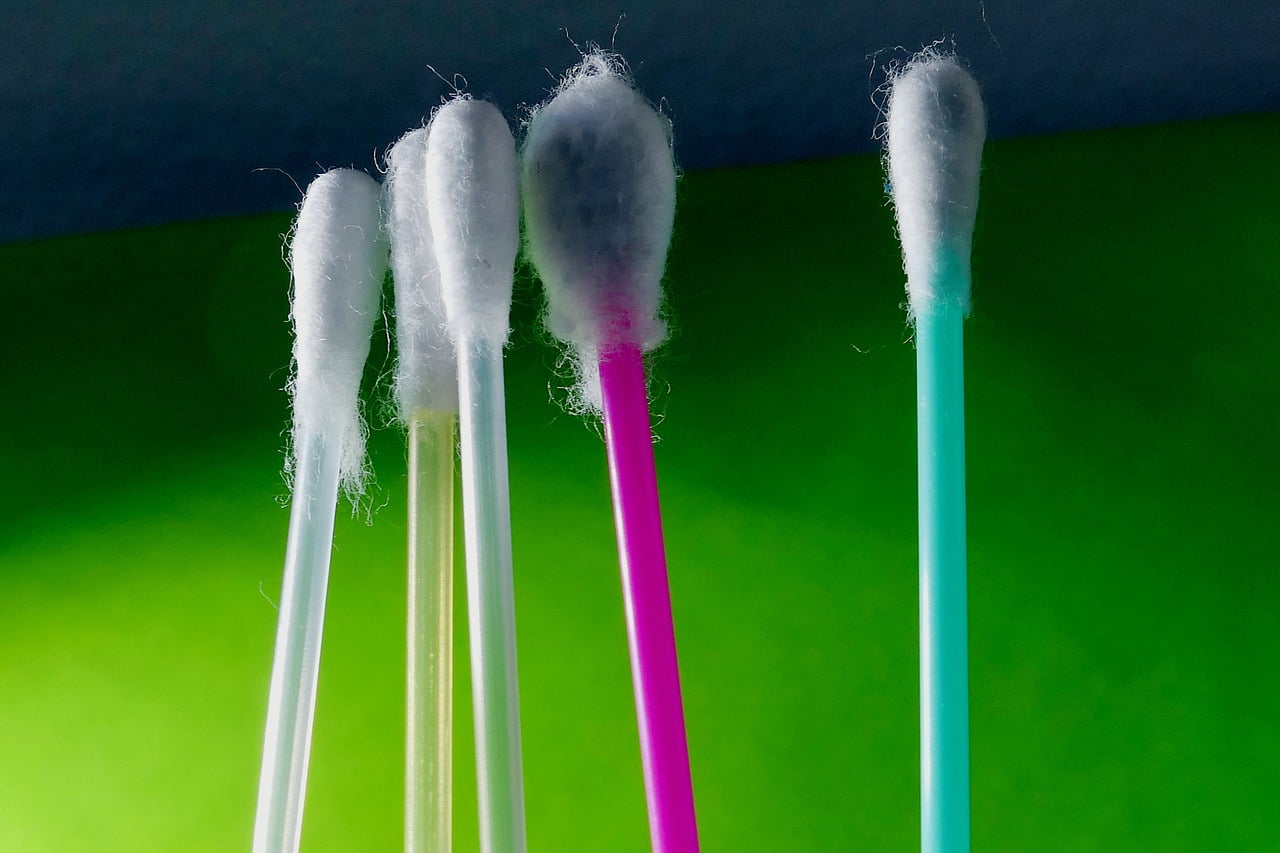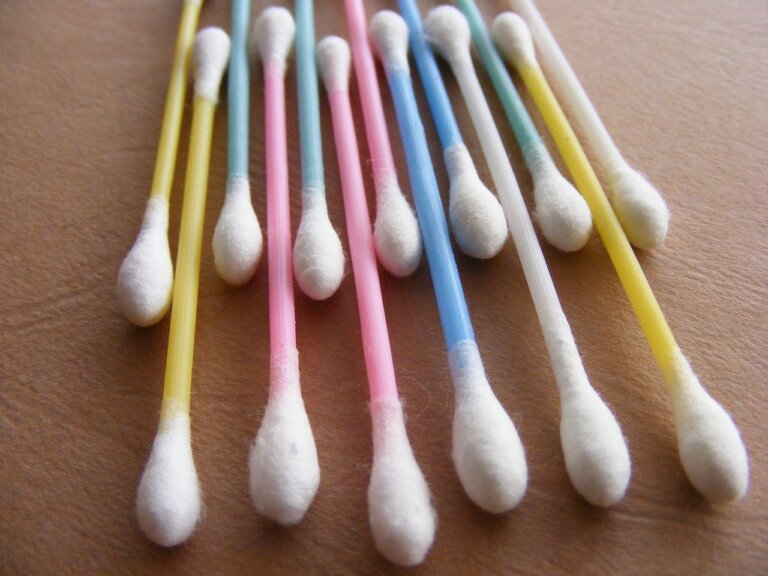Ear Wax Unveiled: Demystifying the Facts About Ear Wax
Last Updated on 3rd May 2024 by Admin
Ear wax, also known as cerumen, is a natural substance produced by the ear canal to protect and lubricate the ear. While it may seem unimportant or even bothersome, ear wax actually plays a crucial role in maintaining ear health. In this article, we will delve into the fascinating world of ear wax, uncovering essential facts and debunking common misconceptions.
What is Ear Wax and Why Do We Have It?
Ear wax is secreted by the ceruminous glands in the ear canal. These glands are responsible for producing and releasing ear wax, which is a combination of dead skin cells, hair, and secretions from glands in the ear. It serves several important functions:
- Protection: One of the main purposes of ear wax is to protect the delicate skin of the ear canal from dust, debris, and harmful microorganisms. It acts as a barrier, preventing foreign particles from entering the ear and causing potential damage or infection.
- Moisturization: Ear wax helps to keep the ear canal moisturized, preventing dryness and irritation. It contains natural oils that help to lubricate the ear, ensuring optimal functioning and preventing discomfort.
- Cleaning: As the ear wax moves outwards, it carries away any trapped dirt, dust, or dead skin cells from the ear canal. This cleaning mechanism helps to maintain a healthy environment within the ear.
Ear wax is a fascinating substance that serves multiple purposes in ear health. Its protective function is essential in preventing the entry of harmful particles and microorganisms into the delicate ear canal. By moisturizing the ear canal, ear wax helps to prevent dryness and discomfort. Additionally, the cleaning mechanism of ear wax ensures the removal of dirt, dust, and dead skin cells, maintaining a healthy environment within the ear.
Different Types of Ear Wax
Contrary to popular belief, not all ear wax is created equal. There are two main types of ear wax, which can vary in color, texture, and consistency:
- Wet/Wax-Like: This type of ear wax is typically golden to amber in color and has a softer consistency. It is more common among people of African, European, and American Indian descent.
- Dry/Flaky: Dry ear wax is usually lighter in color, ranging from gray to light yellow. It has a drier and flakier texture, making it easier to crumble. Dry ear wax is more prevalent among individuals of East Asian descent.
These differences in ear wax types are mainly influenced by genetics and ancestry. The composition and characteristics of ear wax can vary among individuals from different ethnic backgrounds. Understanding your ear wax type can help in determining the most appropriate ear cleaning methods for you.
It is interesting to note that the type of ear wax one has can be influenced by their genetic makeup and ancestry. Wet or wax-like ear wax is more common among individuals of African, European, and American Indian descent, while dry or flaky ear wax is more prevalent among those of East Asian descent. This variation in ear wax types is determined by genetic factors, and recognizing your ear wax type can assist in choosing the most suitable ear cleaning methods.
Myths and Misconceptions about Ear Wax
There are many misconceptions surrounding ear wax that can lead to unnecessary anxiety or improper ear care practices. Let’s debunk some of these common myths:
- Myth: Ear Wax is Dirty and Unhygienic: This is far from the truth. Ear wax is a natural and essential substance that helps protect the ear from dirt, bacteria, and other harmful agents. It is not an indication of poor hygiene.
Contrary to popular belief, ear wax is not a sign of poor hygiene. In fact, it is a natural and necessary substance that plays a vital role in protecting the ear from dirt, bacteria, and other harmful agents. Ear wax acts as a barrier, preventing the entry of foreign particles into the ear canal, and helps maintain a clean and healthy environment.
- Myth: Ear Wax Should Be Removed Daily: It is important to note that the ears are self-cleaning organs. In most cases, ear wax naturally migrates from the ear canal to the outer ear, where it dries up and falls off. Attempting to remove ear wax daily can disrupt this natural process and potentially lead to ear canal irritation or injury.
Another common myth is that ear wax should be removed daily. However, the ears are designed to be self-cleaning organs. The natural migration of ear wax from the ear canal to the outer ear helps to remove any trapped dirt, dust, or dead skin cells. Trying to remove ear wax excessively or daily can interfere with this natural process and may cause irritation or injury to the delicate ear canal.
- Myth: Cotton Swabs Are the Best Way to Clean Ear Wax: Using cotton swabs or any other small objects to clean the ears is highly discouraged. These can push the wax further into the ear canal, leading to impaction or damage to the eardrum. It is best to let the ear wax naturally come out on its own or seek professional assistance if necessary.
Many people resort to using cotton swabs or other small objects to clean their ears, but this is not recommended. Inserting cotton swabs into the ear canal can push the ear wax deeper, leading to impaction or even damage to the eardrum. It is safer to allow the ear wax to come out naturally on its own. If there are concerns or symptoms of excessive ear wax, it is advisable to seek professional assistance for safe and effective removal.
Dispelling these myths is crucial to promote proper ear care practices. It is important to understand that ear wax is not dirty or unhygienic, and attempting to remove it excessively or with inappropriate methods can lead to complications. By debunking these misconceptions, individuals can make informed decisions about their ear care and avoid unnecessary anxiety or improper cleaning practices.
When Should Ear Wax Be Removed?
While most cases of ear wax do not require intervention, there are certain situations that may warrant its removal. These include:
- Ear Wax Impaction: When ear wax builds up and becomes impacted, it can cause symptoms such as earache, hearing loss, tinnitus (ringing in the ears), or dizziness. In such cases, it is advisable to seek professional help for safe and effective removal.
In some cases, ear wax can build up and become impacted, leading to symptoms such as earache, hearing loss, tinnitus, or dizziness. If these symptoms occur, it is important to seek professional help for safe and effective removal of the impacted ear wax. A healthcare professional can examine the ear and determine the most appropriate method for removal.
- Hearing Aid Users: Individuals who use hearing aids are more prone to ear wax accumulation due to the device’s proximity to the ear canal. Regular cleaning and maintenance of hearing aids, in consultation with a healthcare professional, can help prevent wax-related issues.
People who use hearing aids are more susceptible to ear wax accumulation due to the placement of the device near the ear canal. Regular cleaning and maintenance of hearing aids, under the guidance of a healthcare professional, can help prevent wax-related issues. It is important to follow the recommended cleaning procedures and seek professional assistance if there are concerns about excessive wax buildup.
- Discomfort or Pain: If you experience persistent discomfort, pain, or a feeling of fullness in the ears, it may indicate the presence of excessive ear wax. Seeking medical advice is recommended to prevent any potential complications.
If there is persistent discomfort, pain, or a feeling of fullness in the ears, it may be a sign of excessive ear wax. In such cases, seeking medical advice is recommended to determine the cause of the symptoms and prevent any potential complications. A healthcare professional can examine the ears and recommend the appropriate course of action, including safe ear wax removal techniques if necessary.
Safe Methods for Ear Wax Removal
When it comes to removing ear wax, it is important to do so safely and effectively. Here are some safe methods:
- Ear Irrigation: This technique involves using warm water or a saline solution to flush out the ear wax. It is typically performed by a healthcare professional and is considered safe when done correctly.
Ear irrigation is a safe method for removing ear wax and involves using warm water or a saline solution to flush out the accumulated wax. This procedure is usually performed by a healthcare professional who can ensure that the irrigation is done correctly and safely. It is important to note that self-administered ear irrigation without proper training or guidance can lead to complications, so it is best to seek professional assistance.
- Ear Drops: Over-the-counter ear drops can be used to soften the ear wax, making it easier to come out naturally. However, it is essential to follow the instructions provided and consult a professional if the symptoms persist.
Over-the-counter ear drops can be used to soften the ear wax, facilitating its natural removal from the ear canal. These drops typically contain ingredients that help to break down the wax and make it easier to come out. It is important to read and follow the instructions provided with the ear drops and consult a healthcare professional if the symptoms persist or worsen.
- Microsuction: This method involves using a gentle suction device to remove the ear wax. It is a quick and painless procedure that is typically performed by an ear specialist or audiologist.
Microsuction is a quick and painless procedure for removing ear wax. It involves using a gentle suction device to safely remove the wax from the ear canal. This method is typically performed by an ear specialist or audiologist who has the necessary expertise and equipment. Microsuction is considered a safe and effective method for ear wax removal.
It is important to emphasize that before attempting any ear wax removal techniques, especially if there is a history of ear problems or uncertainty about the appropriate method, it is always best to consult a healthcare professional. They can provide personalized guidance and ensure that the chosen method is safe and suitable for the individual’s specific situation.
Conclusion
Ear wax is a fascinating substance that is often misunderstood. Rather than viewing it as a nuisance, it is essential to recognize its importance in protecting and maintaining ear health. By understanding the different types of ear wax, debunking common misconceptions, and knowing when and how to safely remove it, we can promote optimal ear hygiene and overall well-being.
In conclusion, ear wax is not a bothersome or unimportant matter, but a vital component for ear health. It serves to protect, moisturize, and clean the ear canal, preventing potential damage or infection. Understanding the different types of ear wax, debunking misconceptions, and knowing when to seek professional help for safe removal are crucial steps in maintaining optimal ear hygiene. By embracing the role of ear wax in ear health, we can ensure overall well-being and a healthy auditory system.
FAQ
- What is the purpose of ear wax?
- Ear wax serves as a protective barrier, moisturizes the ear canal, and helps clean the ear by carrying away dirt and dead skin cells.
- What are the different types of ear wax?
- There are two main types of ear wax: wet/wax-like (golden to amber in color) and dry/flaky (lighter in color). The type of ear wax one has is influenced by genetic factors and ancestry.
- Is ear wax dirty and unhygienic?
- No, ear wax is a natural and necessary substance that helps protect the ear from dirt, bacteria, and other harmful agents. It is not a sign of poor hygiene.
- When should ear wax be removed?
- Ear wax should be removed when it becomes impacted, causing symptoms such as earache, hearing loss, tinnitus, or dizziness. It may also need to be removed for individuals who use hearing aids or experience discomfort, pain, or a feeling of fullness in the ears.







